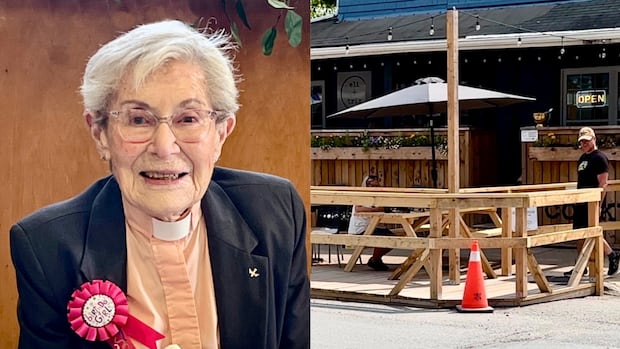Commission to redraw N.S. electoral map to ‘provide effective representation’ for Chéticamp
A special commission comprising nine MLAs from all three political parties at Province House has been tasked with redrawing Nova Scotia’s electoral map to ensure effective representation for the Acadian region of Chéticamp. This move comes following a ruling by the Nova Scotia Supreme Court last November, which deemed the lack of a protected district for Chéticamp to be a violation of the Charter of Rights and Freedoms.
The Electoral Boundaries Commission, chaired by PC cabinet minister Brendan Maguire and consisting of five PC politicians, three New Democrats, and a Liberal, has a month to create the commission and set its terms of reference. The commission’s primary mandate is to recommend changes to the boundaries of existing electoral districts to comply with the court’s decision and any additional terms of reference deemed necessary.
Justice Minister Becky Druhan emphasized the independence of the commission in determining how best to address the representation rights of the Chéticamp community. She stated that it is up to the commission to interpret the court’s decision and make recommendations accordingly.
The redrawing of the electoral map will not only impact Chéticamp but also have ripple effects on other boundaries. Since the last map was redrawn in 2019 to accommodate 55 seats, there have been population shifts that may necessitate a comprehensive examination of electoral boundaries across the province. Opposition Leader Claudia Chender of the NDP suggested that the commission consider broader boundary adjustments to ensure effective representation for all residents.
During the previous boundaries commission’s work, electoral parity was a key consideration in determining boundaries. Nova Scotia currently has four protected seats—Clare, Argyle, Richmond, and Preston—that deviate from the norm to better represent Acadian or Black communities by having fewer voters in those constituencies.
The concept of voter parity, ensuring that each vote carries equal weight, will guide the commission’s decisions in redrawing the electoral map. By creating districts with a similar number of voters, the commission aims to uphold democratic principles and provide fair representation for all residents of Nova Scotia.



